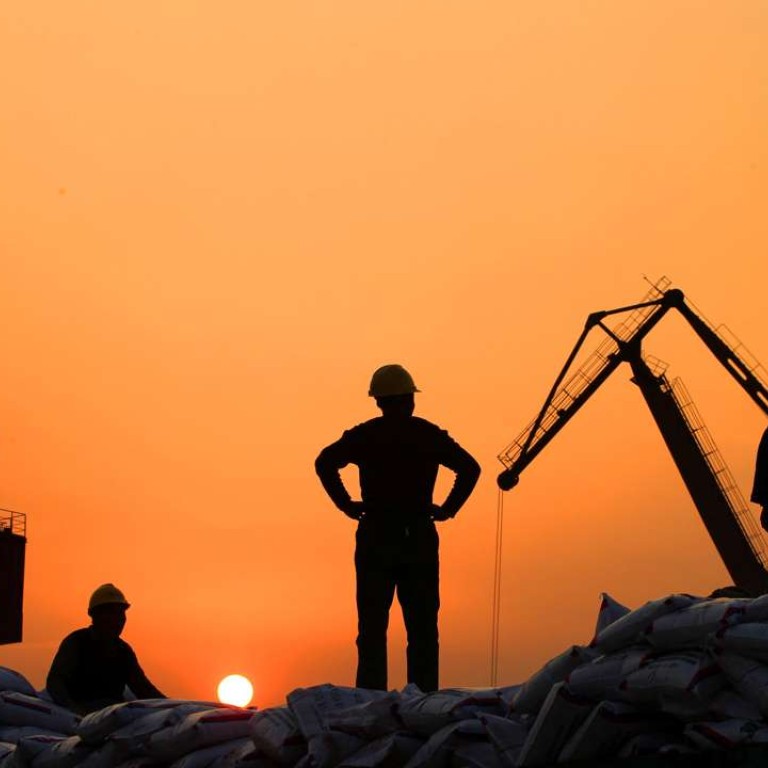
China’s belt and road projects attracted more investment in 2016, says PwC
China has seen an increase in the average size of projects under the Belt and Road Initiative since the plan was unveiled in 2013 as part of a strategy to promote Eurasian trade and integration, according to a new PwC’s report.
Data shows that the average project size in China increased by 14 per cent in 2016, with noteworthy increases in utilities and transportation, according to the accounting firm. The expansion was largely driven by public expenditure on infrastructure which is a central pillar of Beijing’s economic policy.
In the belt and road region, which spans three continents and 66 countries from Lithuania in Europe to Indonesia in Asia, the value of the average project was up 47 per cent year on year in 2016, said PwC.
The total value of invested projects in the belt and road region over the past four years grew at a compound annual growth rate (CAGR) of 33 per cent compared with a figure of 27 per cent in China for the same period.
“Rising average project value is the flip side of growing uncertainty and feeble growth in regional markets, with investors and public authorities pooling investments away from riskier, non-essential ventures,” said Gabriel Wong, head of corporate finance for PwC China & Hong Kong.
In the belt and road region, PwC said the number of new announced projects was up 2.1 per cent by value to roughly US$400 billion in 2016.
Looking at specific sectors in the future, PwC sees potential for significant growth in construction of power utilities in a number of middle-income belt and road countries.
Power consumption is trailing per capita GDP spending in a number of key middle-income countries in the region. “We see a significant ramp-up in power projects in 2017 and beyond as governments seek to bridge the supply gap,” said Simon Booker, infrastructure leader for PwC Hong Kong.
We see a significant ramp-up in power projects in 2017 and beyond as governments seek to bridge the supply gap
Ageing populations, high fertility rates and insufficient hospital capacity will also spur health care investments, he added. “A number of belt and road countries have ageing or fast growing populations that have not been matched by hospital capacity additions,” said Booker. “We expect significant health care investments in these countries.”
Another sector likely to see potential strong growth is rail construction. “A number of belt and road countries are lagging behind in rail network density and some, including China, have incentives to integrate their large territories through rail,” said Booker. “Countries such as Russia, Kazakhstan and Mongolia that are located in belt and road corridors are expected to see a rail expansion.”
As far as investment in 2017 goes, PwC highlighted some key trends. More projects are expected to launch as many governments across the region are keen to counter economic slowdown and help transform economies that have been dependent on commodities and carbon-intensive sources of energy, said Wong.
Data provided by PwC showed an average of 4.6 per cent GDP growth across the belt and road region in 2016, fuelled by new infrastructure projects, which compares well with emerging market average growth rates of 3.6 per cent, added Wong. China’s GDP was reported at 6.7 per cent for last year, but the ambitious infrastructure goals will bring new challenges for Chinese policymakers because high spending is likely to run up against budgetary constraints, said Wong.
To increase returns on such investments, Booker suggests there could be more interest among investors to look at “frontier” markets in the belt and road region, although this would require new skills and expertise as they assess unfamiliar countries and regulatory risks.

